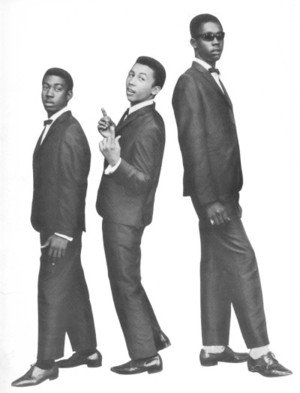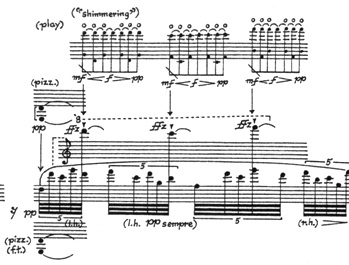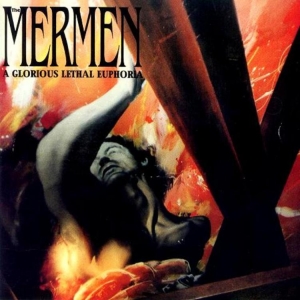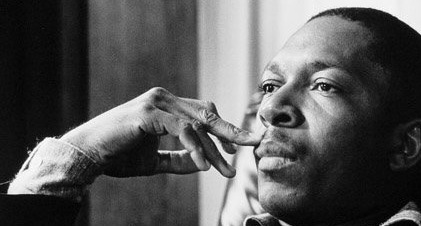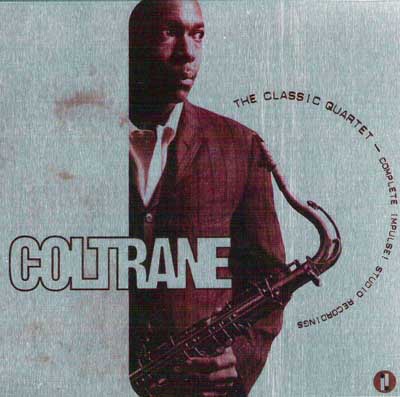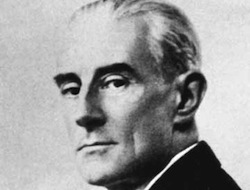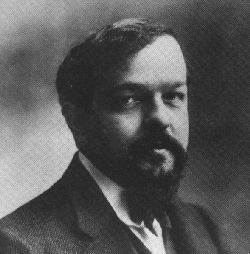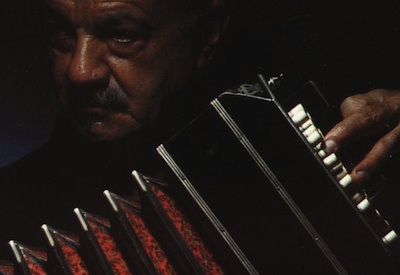
Strip to your underwear if you’re not in black tie. Get obscene if you want, but never casual. You feel an urge? Touch its pain, wrap yourself around it. Don’t put on airs. What you seem must be what you are, and what you are is a mess, honey, but that’s okay, as long as you wear it inside. Look sharp! Don’t slouch. See anyone slouching here? Stay poised, taut, on guard. Listen to your nerves. It’s zero hour. Anxiety encroaches, wave after wave, with every squeeze of the bandoneon. Already twisted by the contraposto of uprightness and savagery, this new tango turns the screw even tighter with its jazz dissonances and truncated phrasings. No relief. No quarter. At zero hour only passion can save you. Time is flowing backward and forward into the vortex. From the rooms come a warm air and a choked melody of syncopated gasps. Something throbs. A vein under your skin. It’s inside you now, this bordello virus, this pleasure that tastes so much of anger and grief. When you find pools of pure, sweet light, bathe in their waters, balm for your lacerations. For the whiplash scars the bandoneon is leaving on your soul. If this were the old milonga of the slums, or those popular songs about painted faces and purloined love, you could let distance sketch a smile on your lips. Cheap irony. You won’t get away that easy. This music is for you. It always had you in mind, your habits, your twitches, the tiny blood vessels bursting inside you when you hide what you feel. So walk in the parlor, bring your friend or come alone. Come hear the master as he unravels the wind inside the box, as he presses the growling tiger that threatens to embrace him and shapes the beast into a purring kitten. And tiger again. And kitten. It’s all a game. You’re going to play it too, you’re going to dance with the tiger. Don’t worry, your life is in danger. Remember your instructions. Listen up. And suffer, motherfucker, this is the tango.
– Enrique Fernandez – Liner Notes for ‘Astor Piazzolla – Tango: Zero Hour’ on American Clave
One of my fondest memories of working at the Tower Records on Sunrise (in Citrus Heights, CA) was the Sunday night closing shift with my friend Rob. The store was absolutely dead from 9pm until midnight, and this meant a couple of things. One was that I could get most of the registers closed out and / or sorted before we actually locked the doors (and we could be out of the store by 12:10). The other was that Rob and I would scour the jazz / classical section and look for music we had never heard before. We would buy it that night, then drive down to the Tower cafe (on Broadway) for coffee, listening to whatever we found. We based our decision on only one criteria – the album cover had to be good. Most of the time, we would just return the disc later that week for credit because the music itself wasn’t good, but we also were introduced to some amazing music that I doubt we would have found otherwise.
In one instance, we were also introduced to an entire label. Kip Hanrahan’s American Clave label caught our eye early on. Kip’s album ‘Tenderness’ with its black plastic cover with gold lettering LOOKED cool (and we would discover that it was… cool, dark, and full of energy). But the first disc that we picked up from AC was Astor Piazzolla’s ‘Tango: Zero Hour’. The original cover was in a paper eco-pack (rare at this time) with glossy print and an iridescent sheen, of an older man playing what appeared to be an accordion. At the time, both Rob and I mostly related the accordion to polka and They Might Be Giants. I certainly had little to no experience with tango and the actual world of accordion that I do know about now. And on top of that, this wasn’t an accordion, it was a bandoneon. I can’t find the original description that I found describing what the bandoneon was, but I remember the phrases ‘one of the more unforgiving instruments ever invented’, and that it took a good amount of upper body strength to pull its bellows out to its largest span (something that I would find pics of Piazzolla doing quite a bit – I now realize he was showing off).
‘Tango: Zero Hour’ begins with Tanguieda III, which I also saw subtitled (somewhere) as ‘Anxiety’. The music starts with murmuring voices, rising in pitch and intensity. The finally backing off to let a slower tango begin. But this too builds up in layers, speed and intensity only to be brutally cut off again. Then the intensity builds again, the violin begins to screech louder. I can still remember my pulse racing along with this song the first time I heard it in the car after work. We didn’t get coffee… we didn’t need it. We needed to drive around for the next two hours and listen to this music.
Over the next few weeks we picked up the rest of the American Clave Piazzolla discs as well as a number of Kip’s own albums. I still have every single one and they are one of the high points of my collection. I still get excited listening to this music that has been in my life for close to 20 years now, and I love telling others about it. I also remember how sad I was when I found out that the Piazzolla discs on American Clave were his last, and that he had passed away. Of course I found MANY other Piazzolla recordings since then, but these three remain quite special to me. The energy and edginess on them come from the amazing collaboration between Piazzolla and Hanrahan, and to me they stand out as Piazzolla’s greatest work.
These three albums (‘Tango: Zero Hour’, ‘The Rough Dancer And The Cyclical Night (Tango Appasionado)’ and ‘La Camorra’) have all been re-issued on Nonesuch. But if you can, find the original American Clave discs. The re-issues are packaged in normal jewel cases, and in one case the cover changed (a real real shame). I remember seeing the re-issues come in to Barnes and Noble while I worked there, and I was excited to see the music available again. But like my button-up shirt and tie and the smooth jazz playing over the loudspeakers, these discs seemed packaged and marketed for a different audience.
But in a way that is ok, because that calmer, smooth jazz audience would get home, put on this music and realize that this music is ‘…Already twisted by the contraposto of uprightness and savagery, this new tango turns the screw even tighter with its jazz dissonances and truncated phrasings. No relief. No quarter. At zero hour only passion can save you.’


